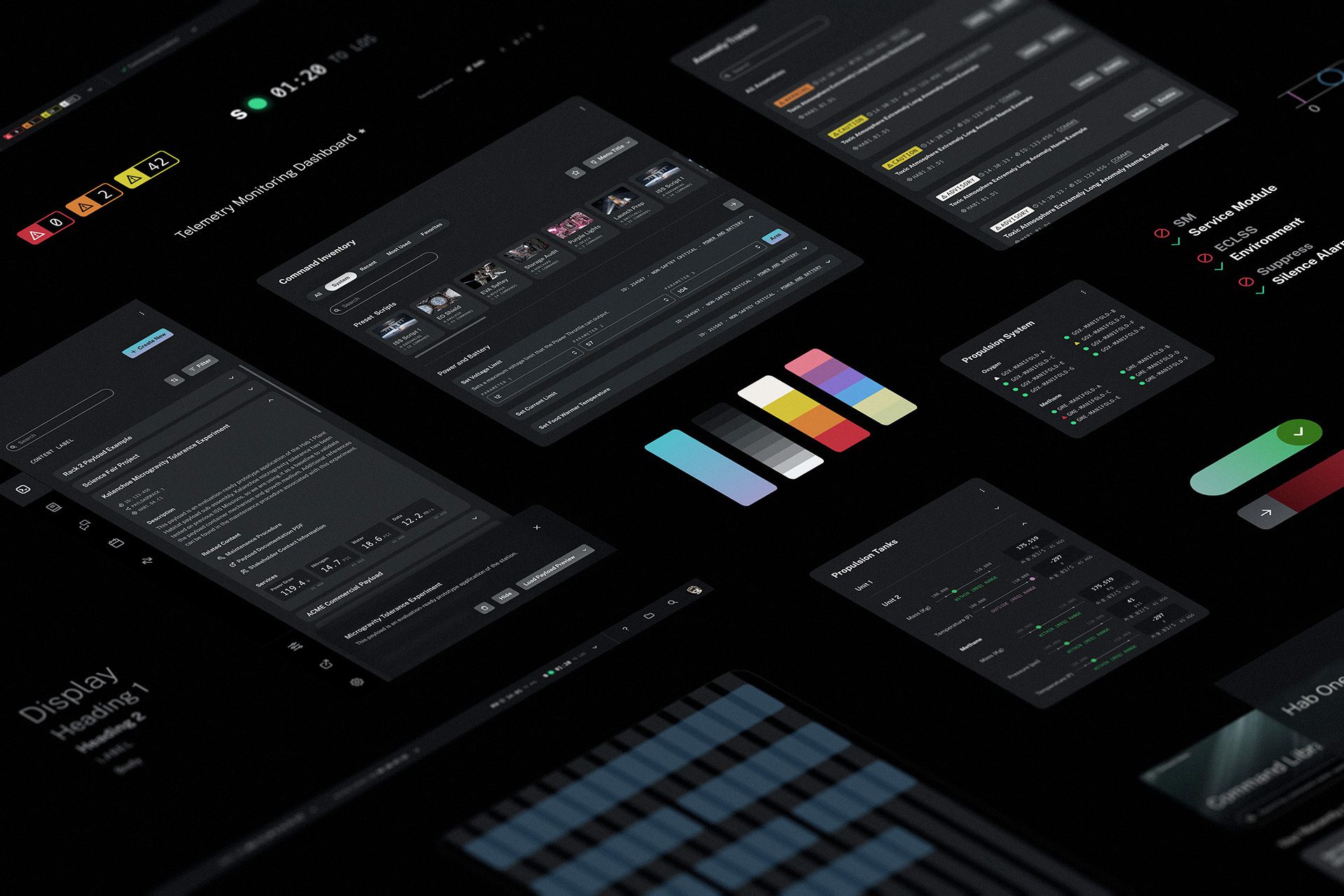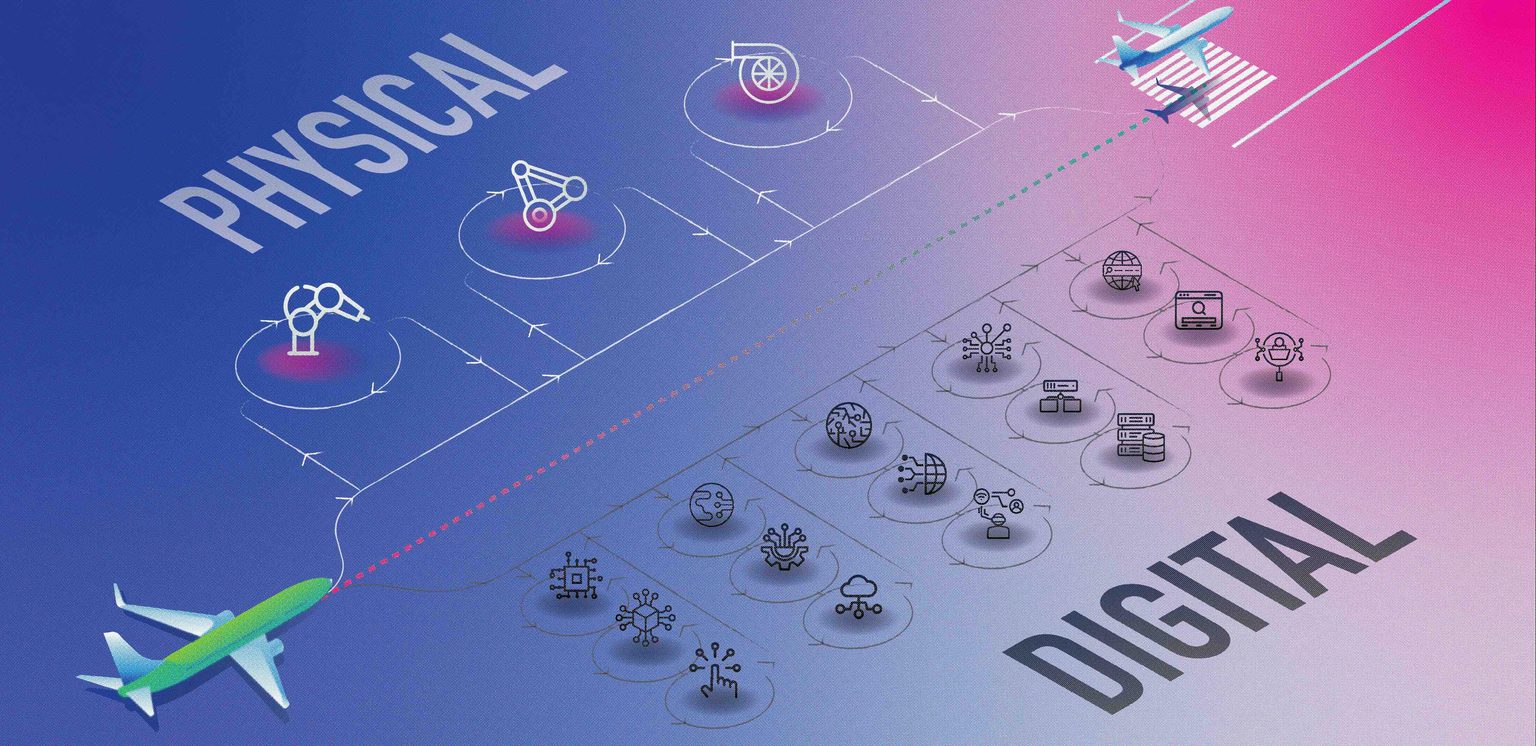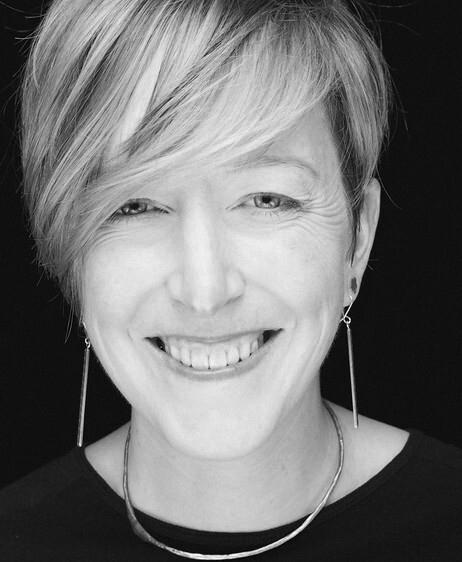
Technology

Chelsea Meyers | Design Researcher

Chelsea Meyers
Chelsea has worked as a researcher and strategist in tech, aviation and transportation, healthcare, retail, and agriculture.
This article was originally published in the fall 2023 issue of Innovation Magazine.
As a design researcher and strategist working in aviation, I see my team facing a new challenge as they design products that have long development timelines. In the past, the timeline was simply a fact of our work. Today, with the sea-change in how businesses view products within an ecosystem, rather than as stand-alone, extended product development cycles create real hurdles for industrial design teams.
For decades, Teague has designed airplane cabins for OEMs and airlines, so my team is deeply familiar with the challenges that go along with this work. But we’re finding new twists to the puzzle now that cabins must support yet-to-be-defined technologies, service designs, and digital journeys. How can we create a physical product that can accommodate the needs of the future product ecosystem without even knowing what it might look like or how each element might manifest in a future architecture? On top of that demand for future-proofing, every facet of the experience has a different product development timeline.
This shift from stand-alone products to an ecosystem of many products that interface to create a holistic experience means that research and industrial design need to partner even more closely.
In aviation, incremental improvement isn’t possible. We must get it right the first time, leading to product development timelines that stretch up to a decade. Aviation is an extreme case, providing us with a keen lens on this new challenge that applies to design teams working in every industry. Truly, all products with complex engineering or manufacturing requirements and longer product timelines are at odds with today’s much swifter digital product cycles.
Think automotive, where the physical product timeline extends far beyond the digital experience timeline. Medical devices are another relevant example; new physical products must fit into a legacy system and processes as new digital products are also being integrated into workflows, tools, and environments. And consider businesses that are integrating new digital experiences into legacy physical experiences, like a retail chain that creates new digital products to augment the experience at its physical stores.
This physical-digital development timeline conflict affects many in the design industry, and it necessitates shifting our approach to ensure that the physical products align with the rest of the ecosystem.
Here’s an example to illustrate this challenge from my team’s perspective: Today’s airline passengers experience an entirely analog cabin, engaging with the seat and environment via mechanical buttons. Meanwhile, they experience service designs that are just beginning to integrate digital functionality for service ordering and interaction using seatback screens. Passengers simultaneously experience a highly sophisticated passenger-facing app that guides them through a digital journey. Because each of the three product types—physical cabin, service design, and digital experience—is evolving at a different pace, they haven’t yet had time to align, creating a disjointed journey for passengers. The future cabin might become the integration point for this experience, but only if we are able to build a dialogue between research and design that ensures we can anticipate and create space for each element of this future ecosystem of products.
This physical-digital development timeline conflict affects many in the design industry, and it necessitates shifting our approach to ensure that the physical products align with the rest of the ecosystem. To address this challenge, we need to step back and identify the new types of information and new tools in the industrial designer’s toolkit. At Teague, we have adjusted our research approach to integrate holistically with the design process, adapting in these three ways:
Product context is the first step in designing a robust ecosystem and identifying the opportunities for enduring design success. Context is everything for determining the direction of our work. Patrick Nally, a creative director at Teague, says, “We don’t present design in a vacuum. It’s all via story board, in context. We must imagine the experience of the product, not just the product alone.”
To create product context, you and your team must define the elements of the ecosystem that will come together in this future. Understanding all the elements that will define the system creates the big picture, giving designers a rich and an as-accurate-as-possible view to understand what their designs must support and interface with.
Deep contextual research leads to the necessary level of information. For our work on airplane cabins, we have a two-part approach: We take a range of commercial flights, or fly-alongs, to define the current context, and we conduct stakeholder interviews to understand the desired future direction for each ecosystem element. In the aircraft industry, that means we explore these four areas: the range of service designs airlines are bringing onboard; the passenger needs, both latent and expressed; the trending digital experiences; and the direction of the physical elements provided by suppliers.
Now that you have defined the elements of the ecosystem, the second step for your team is to sketch a viable future to place the product in. This step requires a closer-than-ever collaboration between researchers and designers. As Franco Cagnina, principal industrial designer at Teague, says, “In the past, you had full control. Today, I need to trust my research partners to tell me what to do to succeed. You no longer rely on your hunch, thoughts, beliefs. You have to trust in your partners 100%.”
Research can help develop scenarios that provide a non-objective future for designers to place their concepts in.
For designers, creating this future context without research support is nearly impossible as objectivity is lost when you are defining both the product and the future it must live within. Research can help develop scenarios that provide a non-objective future for designers to place their concepts in. At Teague, we use a range of futuring techniques to build scenarios. Scenarios are shared as a framework, and sometimes are translated into visuals to help communicate the design intent to stakeholders. Confidence levels depend on the product’s timeline, but at minimum, this approach provides a sandbox structure where designers can explore and develop stories. Across industries, we often include elements like potential market directions and value shifts, such as an increased focus on sustainability, or the impact of future regulatory changes.
These scenarios benefit the team by giving authenticity to the user stories the design supports, and it creates a level of believability for stakeholders and clients. It functions as the scaffolding that can help risk-averse clients move toward a future where products create new value and align to meet future challenges and create new opportunities.
The final element for your team to define is the criteria that must be met for a product to be successful. Because the elements of the ecosystem are being developed on different timelines, we recommend you work with your team to express the design criteria as a range, rather than a static set of criteria. This approach builds in more tolerance for the range of potential futures the product must support.
To establish these design criteria, we again reflect on our research to understand people’s shifting expectations and the nuances of the market. For example, we’ve learned that airplane users don’t expect the cabin to remain static. Rather, they expect it to be updated much like a phone is, and airlines are shifting to expect this too.
This future certainly isn’t static. It’s dynamic, constantly evolving, and updating, just like the digital elements of our lives. Our design criteria, therefore, describe key value drivers for a spectrum of potential futures. This approach may be more complex, but it creates products that can flex, adapt, and come together to create a holistic experience when combined with physical, digital, and service designs that are created on very different timelines.
In this era of rapid technological advancement and shifting customer expectations, our team’s approach has evolved from crafting stand-alone environments to shaping interconnected ecosystems. A resulting deeper partnership between design and research means future passengers will no longer have a disjointed experience, but rather will find themselves in a cabin that more quickly responds to digital and service design trends, integrates data in ways that are intuitive and informative, and delivers an experience that feels less generic and more relevant to them and the purpose of their journey.
Close collaboration between researchers, strategists, and industrial designers throughout the design process is key in creating products and experiences that can adapt to this very different world. Together, they can define the product context, future anchors, and ecosystem success to produce more relevant and timely products.